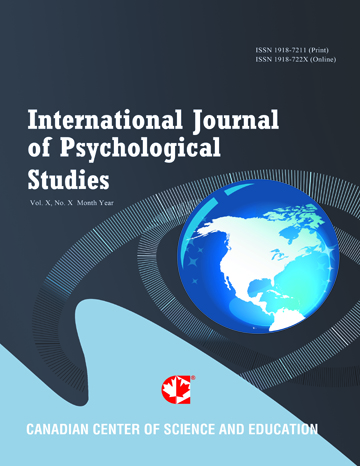Diversity from within: The Impact of Cultural Variables on Emotion Expressivity in Singapore
- Carolyn M. Hurley
- Wen Jing Teo
- Janell Kwok
- Tessa Seet
- Erika Peralta
- Shuang Yu Chia
Abstract
Culture is intrinsically linked with emotion expression, as culture provides rules regarding how to manage emotions when they occur. Thus far, existing literature has extensively compared norms for emotional expression and suppression, revealing significant differences among culturally distinct but also geographically distant groups (e.g., “collectivistic” Chinese versus “individualistic” U.S. Americans). The present study examines the impact of cultural diversity within Singapore, a heterogeneous Asian nation of 5.4 million residents. Using an expression suppression paradigm, eighty-three participants viewed emotion eliciting video clips and their expressions were analyzed according to the Emotion Facial Action Coding System (EmFACS, Ekman, Irwin, & Rosenberg, 1994) for signs of happiness and disgust. Participants tasked to manage their expression were successful; however cultural indicators such as ethnicity, collectivism, and concern for face affected expressivity under both suppression and natural expression conditions. These results emphasize the importance of exploring culture within national boundaries, as multiple cultural factors (e.g., ethnic groupings, values, and face) influenced expression.
- Full Text:
 PDF
PDF
- DOI:10.5539/ijps.v8n3p50
Journal Metrics
1. Citations (March 2025): 10975
3. i10-index (March 2025): 233
For details about the Journal Metrics, please visit the Google Scholar website.
Index
- AcademicKeys
- CNKI Scholar
- Elektronische Zeitschriftenbibliothek (EZB)
- Excellence in Research for Australia (ERA)
- GETIT@YALE (Yale University Library)
- Harvard Library E-Journals
- JournalSeek
- JournalTOCs
- LOCKSS
- MIAR
- Open Access Journals Search Engine(OAJSE)
- Open J-Gate
- PKP Open Archives Harvester
- SHERPA/RoMEO
- Standard Periodical Directory
- The Keepers Registry
- UCR Library
- Ulrich's
- Universe Digital Library
- WorldCat
Contact
- Barbara SunEditorial Assistant
- ijps@ccsenet.org
